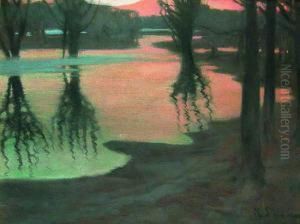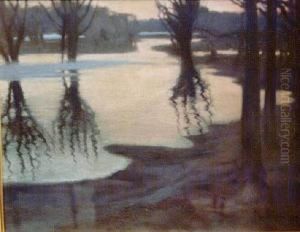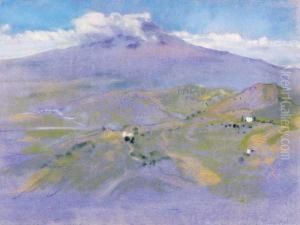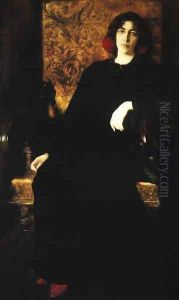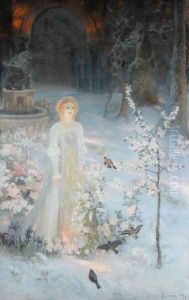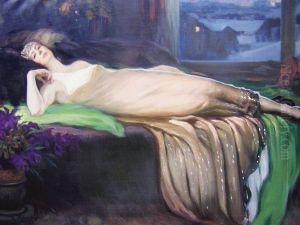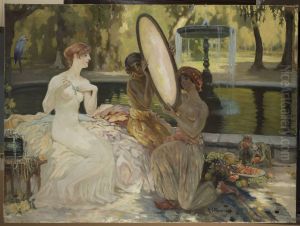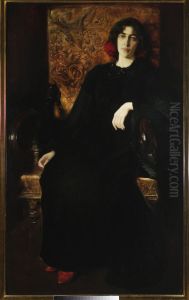Kazimierz Stabrowski Paintings
Kazimierz Stabrowski was a prominent Polish painter, teacher, and a significant figure in the development of modern art in Poland. Born on November 23, 1869, in Kielce, Stabrowski's artistic journey commenced at the Warsaw School of Drawing, following which he deepened his education at the Academy of Fine Arts in Kraków under the tutelage of renowned artists such as Jan Matejko. His quest for artistic growth led him to further his studies abroad, in Munich and Paris, where he was exposed to various modern art movements, significantly influencing his style and approach to painting.
Stabrowski is often celebrated for his pivotal role in Polish Symbolism and for pioneering the Art Nouveau movement in Poland. His artistic output is characterized by a fascination with mysticism, folklore, and the natural world, often depicted through a vibrant and innovative use of color and form. Stabrowski's works were not just limited to paintings; he was also involved in graphic design, stage design, and decorative arts, showcasing his versatility as an artist.
In 1901, Stabrowski played a crucial role in the establishment of the Society of Polish Artists 'Sztuka' (Art), a group that aimed to promote Polish art and artists both nationally and internationally. His commitment to art education was profound; in 1904, he helped to found the Warsaw School of Fine Arts, where he served as a director and educator. His teaching philosophy was forward-thinking, emphasizing the importance of individual artistic expression and encouraging his students to explore and innovate. Among his students were some of the future luminaries of Polish art, including Władysław Strzemiński and Tadeusz Makowski.
Throughout his career, Stabrowski's work was exhibited widely, both in Poland and abroad, gaining him recognition and acclaim. Despite his success, he continually sought new artistic challenges and avenues for expression, which kept his work fresh and relevant. Kazimierz Stabrowski's influence on the Polish art scene was profound, and his legacy is seen in the generations of artists he inspired and the movements he helped to shape. He passed away on March 10, 1929, in Warsaw, but his contributions to the world of art continue to be celebrated and studied by art historians and enthusiasts alike.
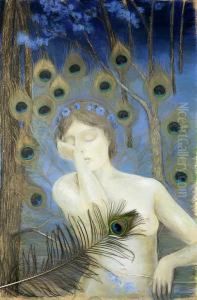
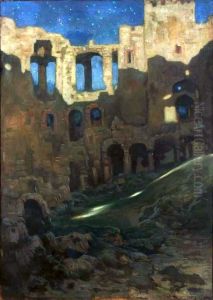
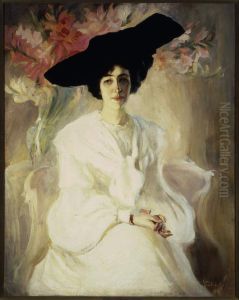
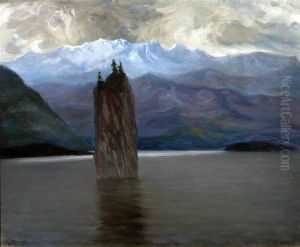
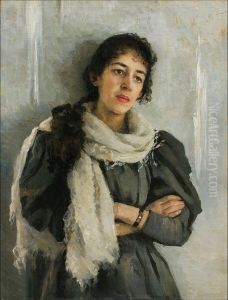
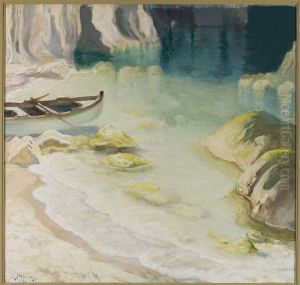
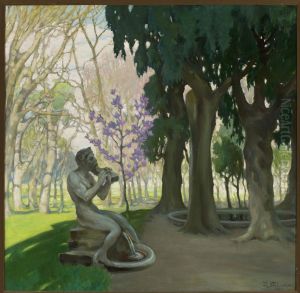
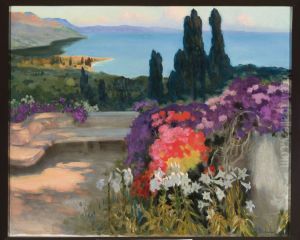
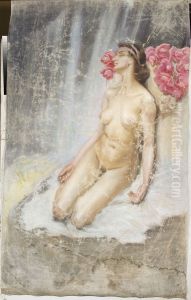
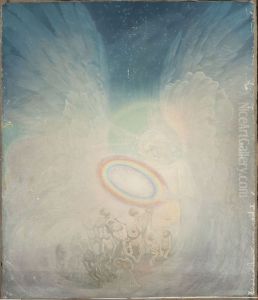
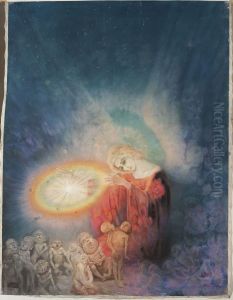
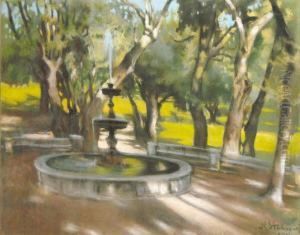
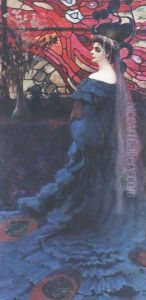
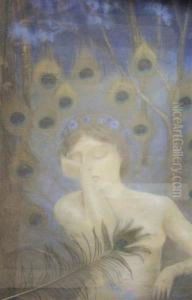
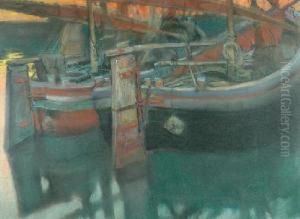
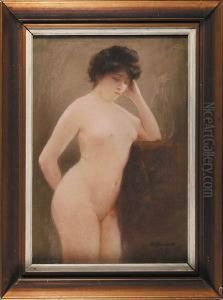
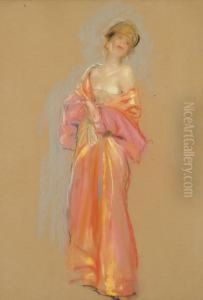
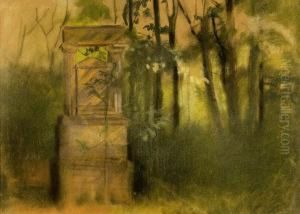
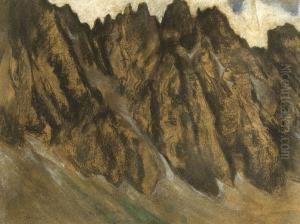
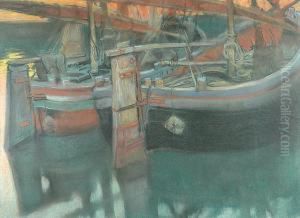
![Przebudzenie Wiosny,[krolewna Szczescia], 1891 (?)](https://www.niceartgallery.com/imgs/1621029/s/kazimierz-stabrowski-przebudzenie-wiosnykrolewna-szczescia-1891--e137dc7c.jpg)
